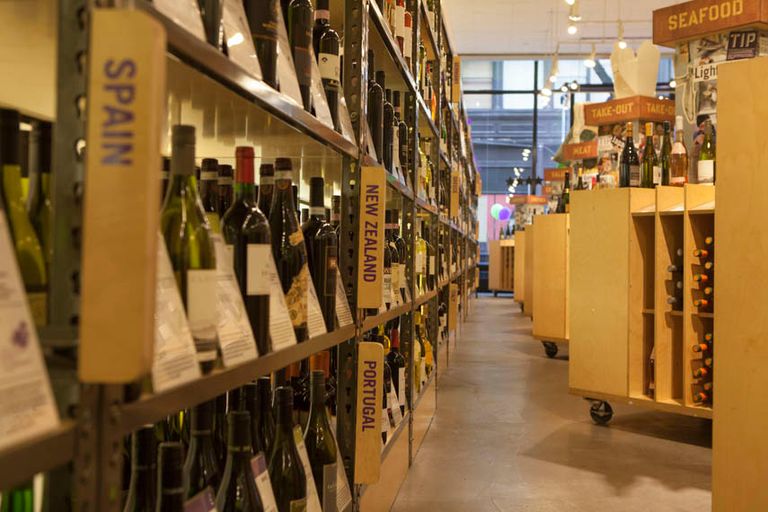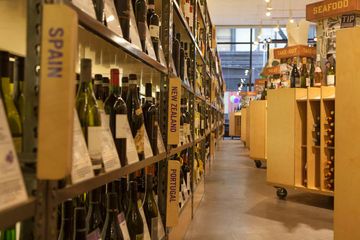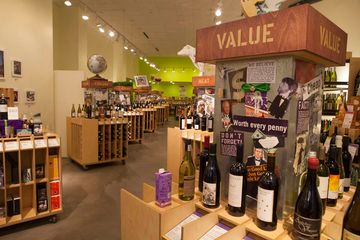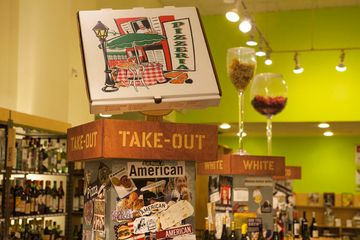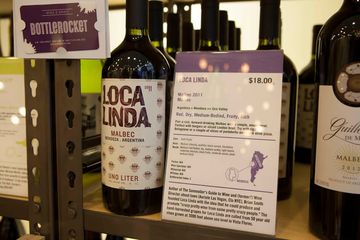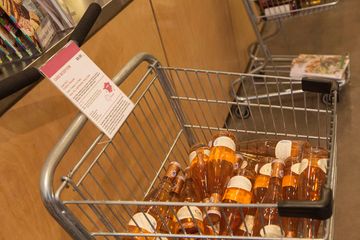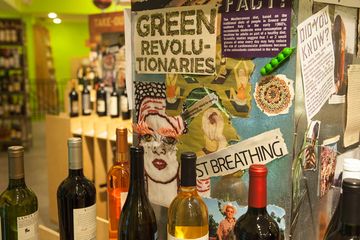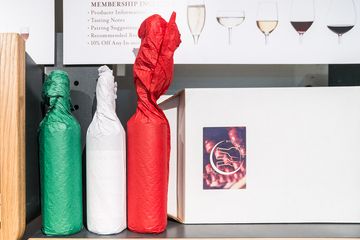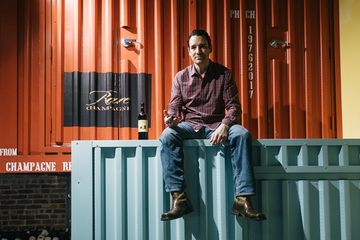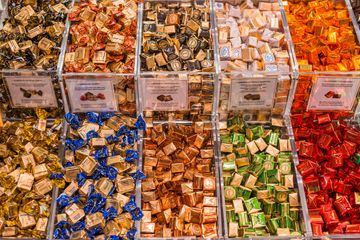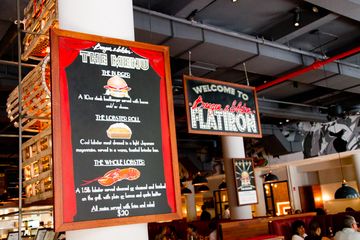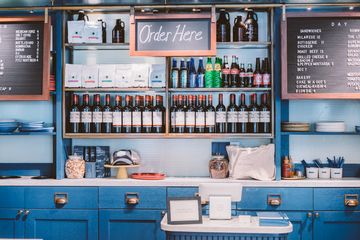In January of 2007, Oscar Farinetti founded the first Eataly in Turin, Italy, specializing in quality Italian goods. Under B& B Hospitality, the marketplace has since expanded throughout the United States. The first New York City location opened in the summer of 2010 near the iconic Flatiron building, and an expansion has been planed in the Financial District for 2016. Strolling through the epicurean haven, I saw a dazzling array of artfully displayed gourmet products. The produce section alone reaped multiple varieties of earthy mushrooms, vibrant stone fruits, and luscious greens. The cotton candy grapes and sea beans were astoundingly similar in flavor to their namesakes. Other sights included a traditional espresso bar, a butcher counter with cuts from sustainable farms, and a station entirely devoted to making mozzarella, turning out two to three hundred pounds daily. Above, ornate ceilings accentuated these wonders, paying homage to the building’s previous life as a luxury hotel. “Eataly is the gallery, the producers are the artists, and the products are the art, ” explained Italian-born Dino Borri, Eataly’s brand ambassador. He got his start working under the founder of the Slow Food movement, Carlo Pertrini, at the age of fourteen, eventually helping to open an Eataly branch in Japan. He is now based in New York as a major product buyer. He still, however, visits Italy frequently. The gallery analogy is a perfect metaphor, especially since Eataly advocates for small businesses by clearly crediting them with their products and financially sponsoring projects to accelerate capacity growth. “The majority of our products come from Italy, but we also get some locally, ” Dino told me. Some of the local sourcing has to do with shipment restrictions - salami and unpasteurized cheese are not allowed to cross over the borders, but primarily the goal is to find the freshest ingredients. One of the benefiters from Eataly's work with local businesses has been Wild Hive Farm, a small farm from Upstate New York with organic, stone-ground bread. GuS Soda also met immense popularity after hitting Eataly’s spotlight, and local farmers turn to the marketplace for a steadier income source than farmers’ markets. However, it is not just the labeling of product origins that keeps shoppers at Eataly informed. Cooking classes are offered regularly at La Scuola, recipes are provided with many of the meals, and various signs give product tips and facts. “The olive oil expert can go on for over twenty minutes in a discussion of delicate, grassy, and herbaceous varieties, ” stated PR Associate Brianna Buford, “he knows the proper tasting techniques. ” I am sure the vinegar expert is just as well trained. Passing by the highly specialized eateries, my cravings constantly wavered between savory and sweet. The newest edition when I visited in the summer of 2015, the Nutella bar, features a constantly running chocolate hazelnut fountain, ready to be poured on a bounty of appetizing creations. In the bakery section, I learned that all the hearth-baked breads come from the same “mother yeast. " Nearby, serving some of the best pasta and perfectly charred Napoli-style pizza pies in Manhattan is La Pizza & La Pasta. During my discussion with Dino, he told me, "We really made this store for ourselves. " He declared himself a primary customer for Eataly, saying, “We are what we eat. ” It is less about the fancy products than about having everything be “good, clean, fair, ” and having something for every price point. “We have introduced a new way of eating, ” he smiled. He is glad that others have begun to mimic Eataly's highly successful marketplace model, since it means increased quality for everyone. While spending hours touring Eataly, I sampled the food at some of the eateries. A favorite was the zucchini Carpaccio with fried capers, toasted pine nuts, soft white cheese, and fresh mint at Le Verdure, a veggie-centric eatery that has been a go-to place for me since it first opened. After trying the Pesce Crudo Trio, including raw pink snapper, swordfish, and steelhead trout, from Il Pesce, my photographer, Tom, exclaimed, “this is fresher than the fish my dad caught and cooked last night. ” The Manhattan Sideways Team finished off with a necessary treat at Il Gelato. By providing quality flavor, supporting small farmers and educating shoppers, Eataly has truly maximized their slogan “Eat. Shop. Learn. ”
